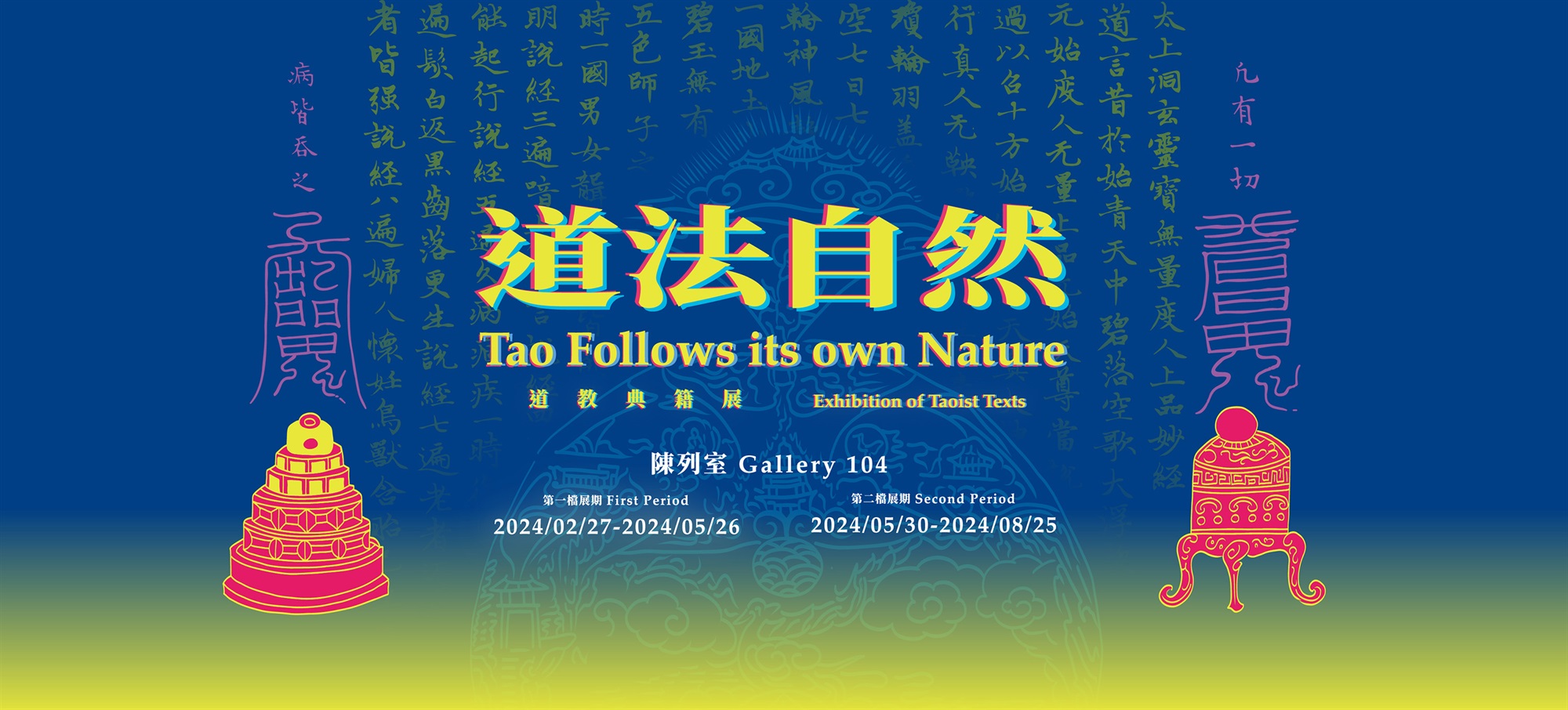Emperors and Taoism
Emperors since Qin Shi Huang and Emperor Wu of Han have sought immortality, often engaging alchemists. With Taoism’s founding as a religion in the late Eastern Han dynasty (A.D. 25-220), several emperors developed strong connections with Taoist practitioners. In the case of the Mongol rulers of the Yuan dynasty, despite their primary allegiance to Tibetan Buddhism and their orders to destroy the Daozang (Taoist Canon), they regularly brought Taoists masters to the capital for rainmaking rituals. Kublai Khan (1215–1294) notably bestowed the title of “Celestial Master” on Zhang Zhongyan (1244–1292), appointing him to oversee Taoism in Jiangnan (southern China). Ming Emperor Chengzu (1360-1424), who was convinced he was the reincarnation of deity Zhenwu, zealously pursued the construction of Taoist temples on Mount Wudang, Zhenwu’s legendary abode. Emperor Shizong (1507-1567), who was particularly devout in Taoism, frequently held Taoist ceremonies in the palace. While Qing emperors largely favored Buddhism, Emperor Yongzheng (1678-1735) was unique in that he esteemed both Buddhism and Taoism. The emperor engaged in alchemy and long-life ritual and was close to Zhengyi Taoist priest Lou Jinyuan (1689–1776). Yongzheng found a similarity between the teachings of Zhang Ziyang (987–1082), founder of the Southern Quanzhen Taoism sect, and Chan Buddhism; thus, he incorporated Lou Jinyuan’s sayings and Zhang Ziyang’s Wuzhen Pian into his Yuxuan Yulu (Imperial Selection of Oral Records).
-
Taishang Dongxuan Lingbao Wuliang
(Sublime Scripture of Salvation)
Anonymous
Reproduction of the Yuan dynasty Zhao Mengfu edition, Ming dynastyDuren Jing (Sublime Scripture of Salvation) is held in high esteem in Taoism and viewed as the foundation of all teachings and the foremost among scriptures. It was compiled by Taoist priests including Ge Chaofu in the late Eastern Jin dynasty and is part of the Lingbao School tradition. With over ten versions found among the Dunhuang manuscripts, it has evidently been widely circulated. By the time of the Tang and Song dynasties, it had become a standard for evaluating Taoist priests, and during the Jin dynasty it was included in triennial exams for Taoist practitioners. Zhengtong Daozang of the Ming dynasty starts with the Lingbao Wuliang Duren Shangpin Miaojing in sixty-one volumes, the first being the ancient Duren Jing. Building on the ancient scripture, the Shenxiao School composed the remaining sixty volumes during the Northern Song’s Zhenghe era (1111–1118). This scripture mainly recounts the teachings received by the Primordial Heavenly Venerable of the Great Tao in the early Azure Heaven (Taidaojun Lingbao Tianzun). Among all Taoist texts, this one has received the most commentaries, and its extensive interpretation has shaped a unique and complete Taoist cosmology and pantheon.
-
Duren Jing
(Scripture of Salvation)
Anonymous
Part of a collection of seventeen texts including Yushu Jing, Xuande period (1426–1435), Ming dynastyThis collection of seventeen Taoist scriptures is a rare edition from the Xuande period of the Ming dynasty, featuring the Duren Jing as its fifth text. Printed on thin paper, its accordion-fold structure has a horizontal layout, longer in width and shorter in height, setting it apart from the typical vertical format of Buddhist scriptures. It is wrapped in a yellow Ming-era cover with a scroll pattern, complete with a label that mimics those found on Tibetan scripture papers.
-
Yuzhi Jinlu Dazhai Zhangbiao
(Imperial Grand Fasting Rituals of the Golden Register)
Anonymous
Court manuscript, Ming dynastyJinlu Daizhai is a guide to Taoist ritual that instructs emperors in how to pray for disaster relief, divine protection, and blessings. The volume contains drafts of petitions addressed to various deities. The term Yuzhi (“imperial”) in the full title indicates content written or commissioned by Ming Emperor Zhu Houcong. The prayers focus on progeny, longevity, and blessings for parents. The text is written in elegant regular script on wide-format paper adorned with sprinkled gold in various colors, all housed in a wooden case.
-
Dayue Zhilüe
(Abridged Gazetteer of the Great Peak)
Written by Fang Sheng, Ming dynasty
Original printed edition by Fang of Wuyuan, Ming dynasty, 1536Fang Sheng (1478–?) placed sixty-sixth in the third class of imperial examinees in 1523 and became the magistrate of Yongjia County, Zhejiang, at the age of 46. He also served other government positions and wrote Yiyu Ji and Nanyin Lu. In 1536, he compiled Dayue Zhilüe in five volumes, featuring detailed prints of palaces and temples on Mount Taihe, offering valuable references.
-
Laozi Daode Jing
(Laozi’s Daode Jing)
This two-volume accordion-folded scripture is copied in gold ink on indigo paper with regular script. The frontispiece features a painting of “Laozi Riding an Ox”, while the end depicts two celestial generals, with five-clawed double dragons chasing the sun adorning the top and bottom of each page. Unlike the He Shanggong Commentary, which divides the Daode Jing into two parts consisting of 37 chapters and 44 chapters, this version’s first volume contains 32 chapters and second 49. The colophon indicates that Zhao Mengfu of Wuxing copied the text in 1299. Although Zhao was in Wuxing in 1299 (during the Yuan dynasty), the calligraphy on this manuscript differs from the ink version of the Daode Jing he transcribed in 1316. In addition, the double dragon decoration of this work is similar to that found in Ming dynasty Buddhist scriptures in the NPM collection, suggesting that this is a Ming copy.


